Khao Bridge (Con Pheo village, Thuy Hung commune, Cao Loc district - now Dong Dang commune, Lang Son province) was built in 1895.
Compared to other ancient stone bridges in Lang Son, Khao Bridge is the largest, measuring 7 meters in length, 3 meters in width, and approximately 3.5 meters in height. The bridge has a single span and is constructed entirely of stone. The bridge piers are built from rectangular blocks of green stone. The two abutments at either end of the bridge are connected by a gently curved arch, hence its name, the arch bridge. The bridge deck is made of thick, large rectangular stone slabs. However, due to deterioration, a layer of concrete was laid over the bridge deck during repairs in 1997.
In the past, whenever a bridge was completed, people would erect a stele to record the event and engrave the names of those who contributed their labor and resources to the bridge, to be passed down to future generations. Following this custom, the Khao Bridge also had a stele erected at its head. The stele is small, only 77 cm high in total, and consists of three parts: the top, the body, and the base. The top of the stele is in the shape of an isosceles trapezoid. Three sides of the top (the front and two sides) slightly protrude from the body of the stele, forming a "canopy" to protect the inscription from rainwater erosion. The front side bears the name of the stele in large Chinese characters: "Thạch kiều bi ký" (Stone Bridge Stele Inscription). The sides are decorated with bas-relief carvings of two fully bloomed lotus flowers. The body of the stele is a flattened rectangular box, 48 cm wide. The large border creates a fairly high raised edge, decorated on either side with two vases in opposing positions. The inside of the stele is smooth, flat, and quite deep, with engraved Chinese characters in regular script. The inscription records the construction of the bridge and the names of those who contributed. The stele body has mortise and tenon joints that fit snugly into the base. The base is rectangular in shape, decorated with relief carvings on three sides: the front features a turtle symbolizing longevity and stability; the two side sides each depict a rabbit symbolizing peace and good fortune. The mythical creatures are depicted in dynamic poses, within a frame of stylized lotus petal patterns. The back is plain.
Khao Bridge is the last stone bridge built in Lang Son, serving as a landmark marking the transition from ancient stone bridges to modern ones in the province. Along with Da Nham Stone Bridge (Diem He commune), it is one of only two rare ancient stone bridges in Lang Son that still retain both the bridge itself and its commemorative stele. Currently, the other bridges have deteriorated, with only the stele remaining. |
From the inscription on the stele, we learn valuable information. It states that between May and August of the 7th year of Emperor Thành Thái's reign (1895), a stone bridge, 18 thước wide and 22 thước long, was built in Hương Bài village. The person in charge of construction was Hứa Viết Tăng, the district chief of Văn Uyên. In addition, there was the contribution of Châu uý Đồng Diệu Hưng and Chánh tổng Đồng Viết Tuân. The total cost of building the bridge was approximately 475 đồng. The majority of this was contributed by high-ranking officials at various levels of local government: District Chief Hứa Viết Tăng contributed 275 đồng; Châu uý Đồng Diệu Hưng contributed 50 đồng; and the head of Đồng Đăng outpost contributed 100 đồng. It is possible that this was government money, but they were the nominal owners. The entire population of the village contributed 50 đồng...
As a product of village culture, the construction of Khao Bridge is closely linked to the historical context of Lang Son province in the modern period. At the end of the 19th century, Thuy Hung area was Ha Lung commune, Vinh Dat district, Van Uyen prefecture – only about 6 km from Dong Dang. This district comprised eight communes and towns – including Ha Lung commune and Dong Dang town. The year Khao Bridge was built (1895) was shortly after the French colonialists occupied Lang Son and were gradually implementing their strategy of pacifying the occupied territory. Many structures had been built in the Dong Dang area, such as: Dong Dang, Na Han, and Bao Lam forts; Nam Quan bunkers; roads from Dong Dang to the Chinese border gate, Lang Son, and Na Sam; markets; residences of local officials; and memorials to fallen soldiers... The commander of the Dong Dang military district at that time was Captain Louis de Grandmaison. After returning to France, he wrote "En Territoire militaire" (In the Military Zone), detailing the French activities in the Dong Dang area from 1893 to 1897 to carry out the pacification campaign. The construction of the Khao Bridge is also meticulously documented in the section on Material Construction, Bridge and Road Building: "...Some prominent figures from Ha Lung village, a few kilometers from Dong Dang, came to me to request the construction of a 12-15 meter long wooden bridge across a canal that could not be washed away by floods, with the villagers bearing all the costs. I instructed them to build a two-span stone bridge and, on this auspicious occasion, erect a stele by the stream inscribed with Chinese characters, praying for blessings for benevolent travelers who donated and the name of the architect. Finally, in July 1895, all essential works for our establishment were completed..." Captain Louis de Grandmaison was the one who contributed money to build the bridge, as mentioned in the Khao Bridge inscription. Therefore, although Khao Bridge is a bridge serving the local community in the mountainous region of Lang Son, it bears some characteristics of French architectural style. It is a type of arched bridge that the French colonialists built quite frequently in Vietnam during the late 19th and early 20th centuries. The image of the rabbit on the base of the inscription also leans towards symbolic meaning from Western culture. Khao Bridge is the last stone bridge built in Lang Son, serving as a landmark marking the transition from ancient stone bridges to modern bridges in Lang Son. Along with Da Nham stone bridge (Diem He commune), it is one of the two rare ancient stone bridges in Lang Son that still retain both the bridge and the inscription. Currently, the other bridges have been damaged, with only the inscription remaining.
Cau Khao Beer
Recognizing the value of Khao Bridge within the system of stone bridge relics in the province, the Department of Culture, Sports and Tourism of Lang Son province has consistently focused on preserving and promoting the value of this relic over the years. Since 1999, Khao Bridge has been included in the General Inventory of Relics of the Provincial Museum and has been directly managed by Thuy Hung commune. In 2010, when the Khao Bridge stele, buried underground during road construction, was discovered, the Provincial Museum proceeded to decontaminate the stele, conduct preliminary research on its origin, value, and age. Immediately afterward, the stele was cleaned and preserved at the nearby Hang Pai communal house relic site. In 2019, Khao Bridge was again included in the province's inventory of relics according to Decision No. 73/QD-UBND, dated January 10, 2019, of the Provincial People's Committee. The Khao Bridge and its commemorative plaque are precious relics and artifacts that clearly reflect the history and culture of the villages in the border region of Lang Son. For 130 years, the Khao Bridge has stood silently, its reflection shimmering in the green stream, creating an impressive highlight in the journey of exploring Lang Son's cultural heritage from the modern era.
Source: https://baolangson.vn/cau-khao-di-tich-lich-su-van-hoa-thoi-ky-can-dai-5054719.html


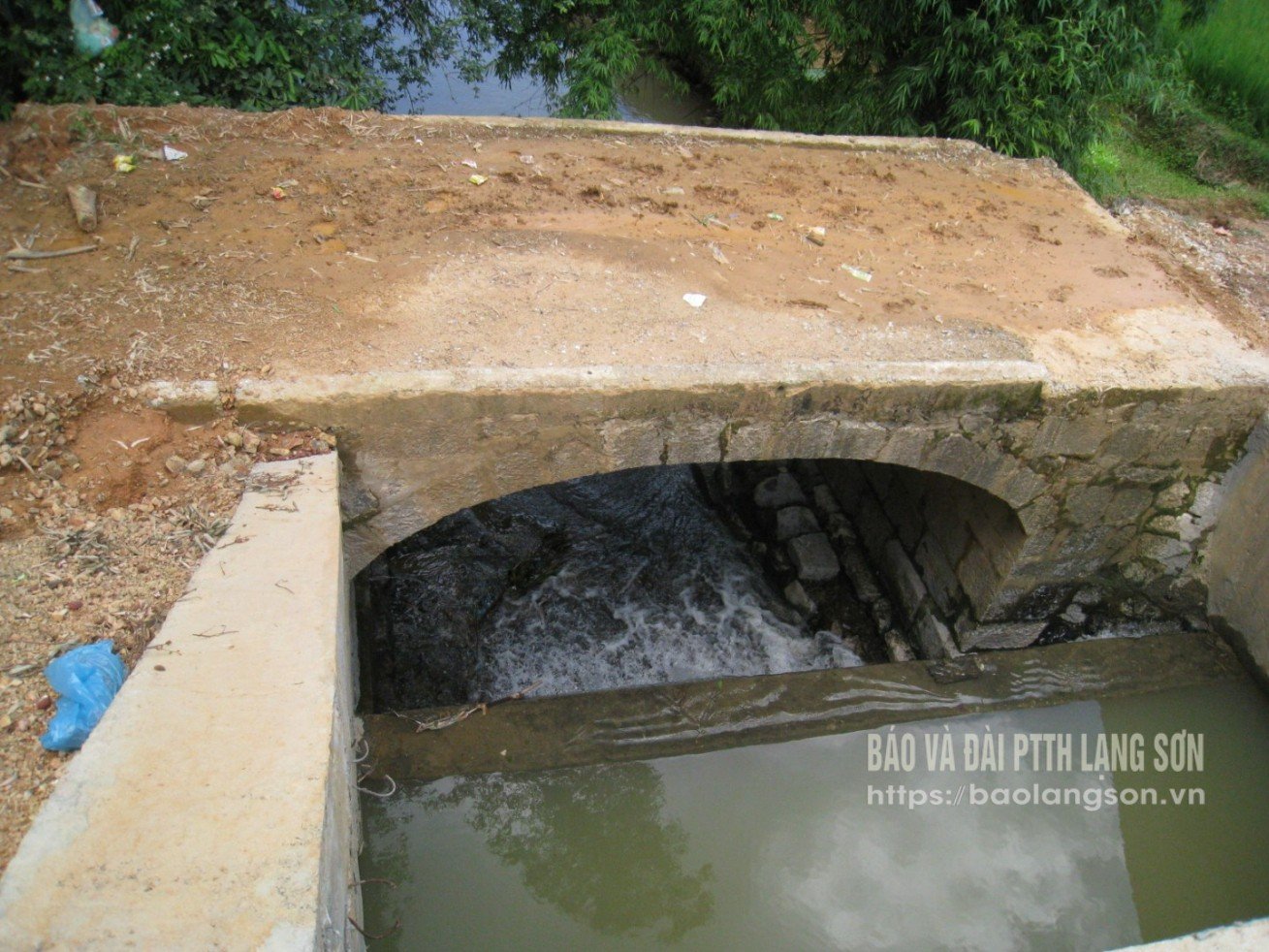
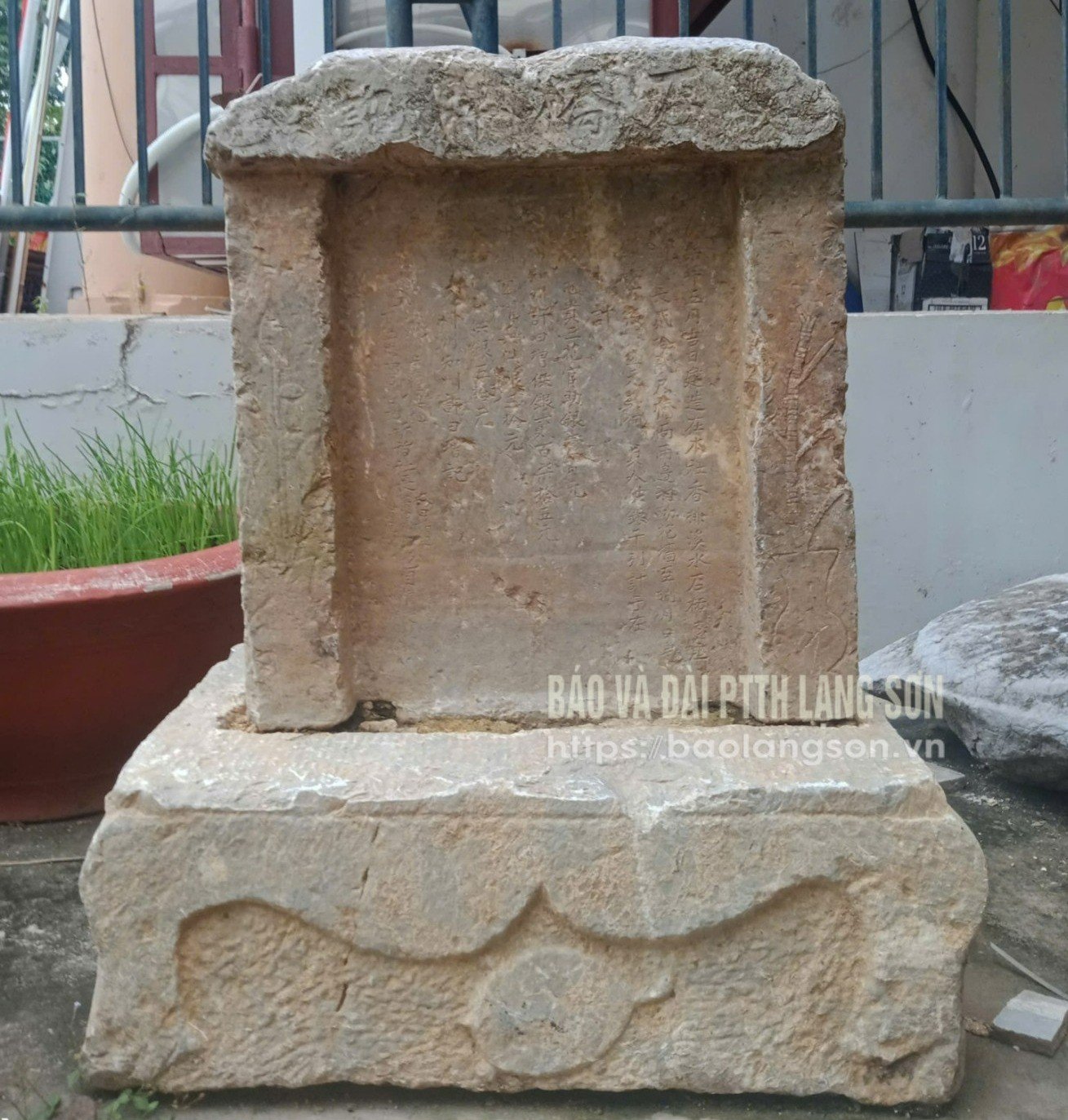






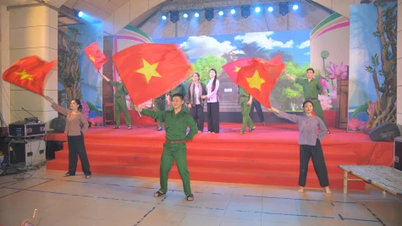





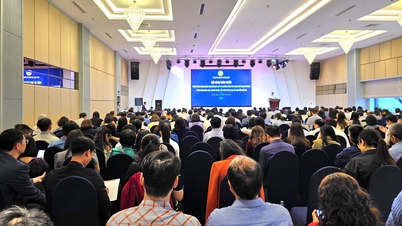

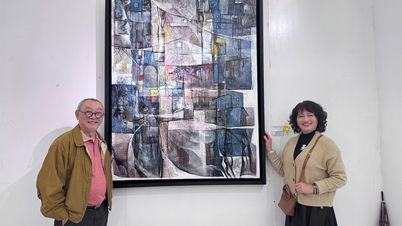

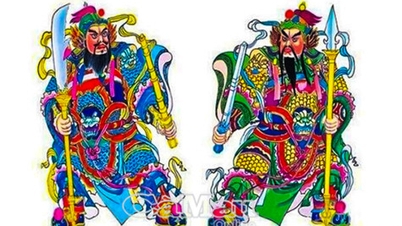

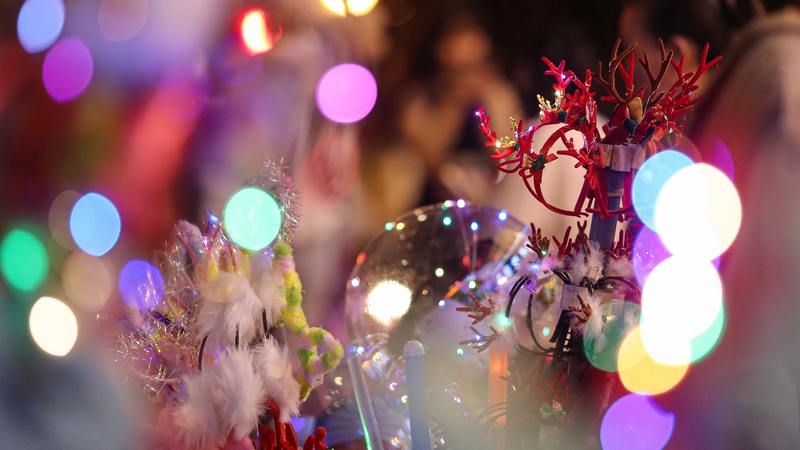
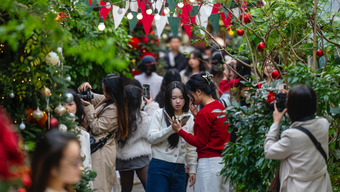
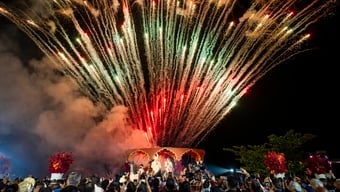
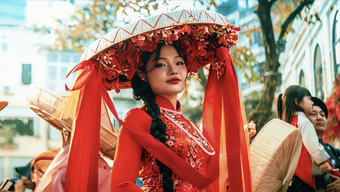
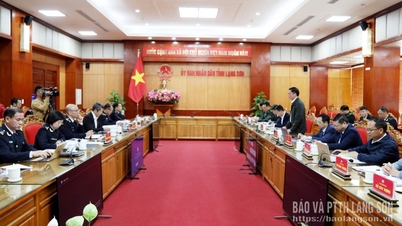




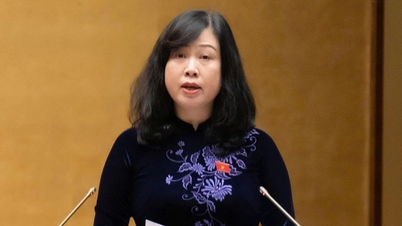


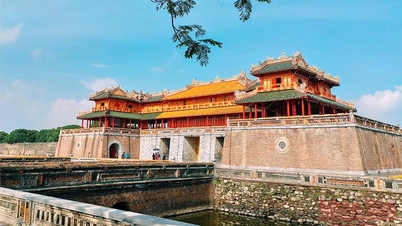


![[Video] The craft of making Dong Ho folk paintings has been inscribed by UNESCO on the List of Crafts in Need of Urgent Safeguarding.](https://vphoto.vietnam.vn/thumb/402x226/vietnam/resource/IMAGE/2025/12/10/1765350246533_tranh-dong-ho-734-jpg.webp)

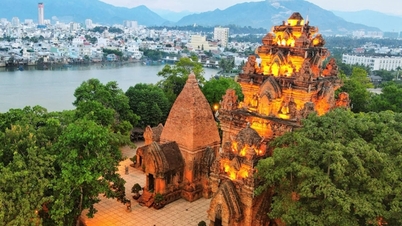


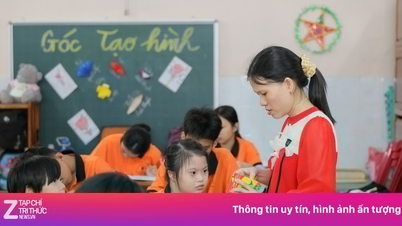






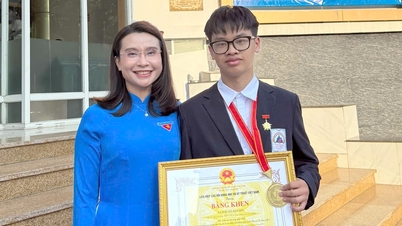

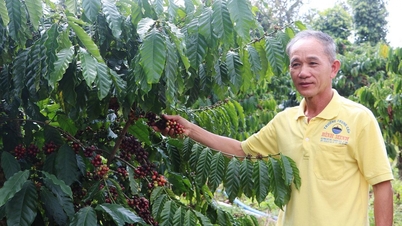








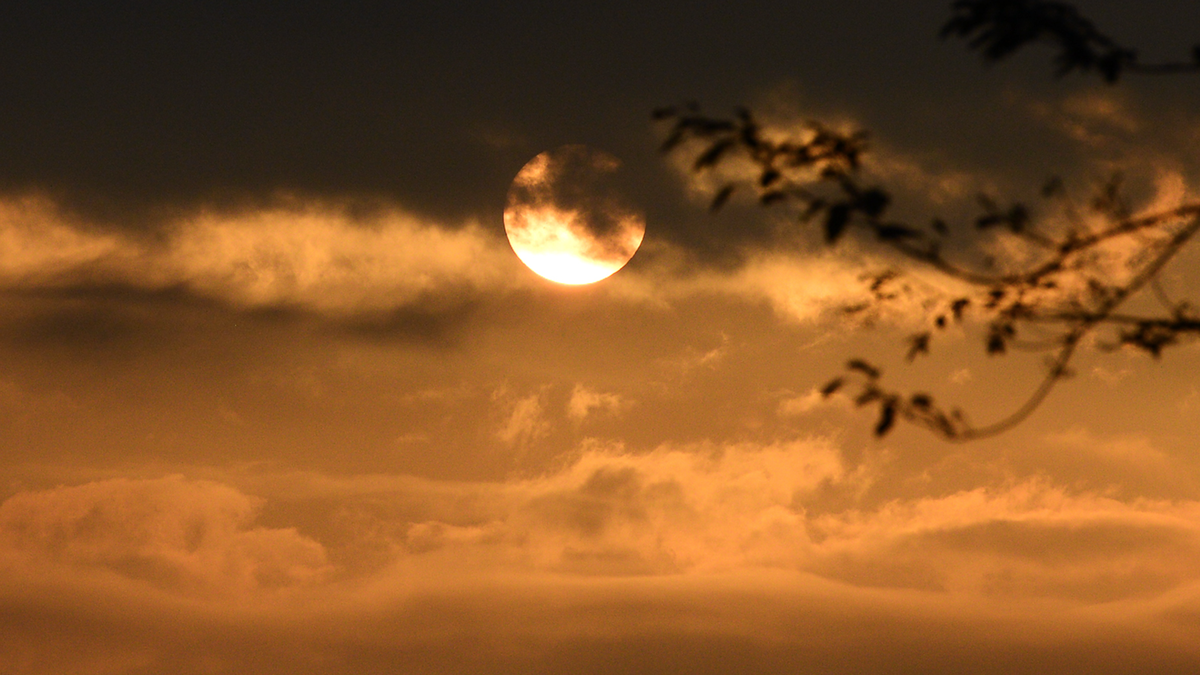
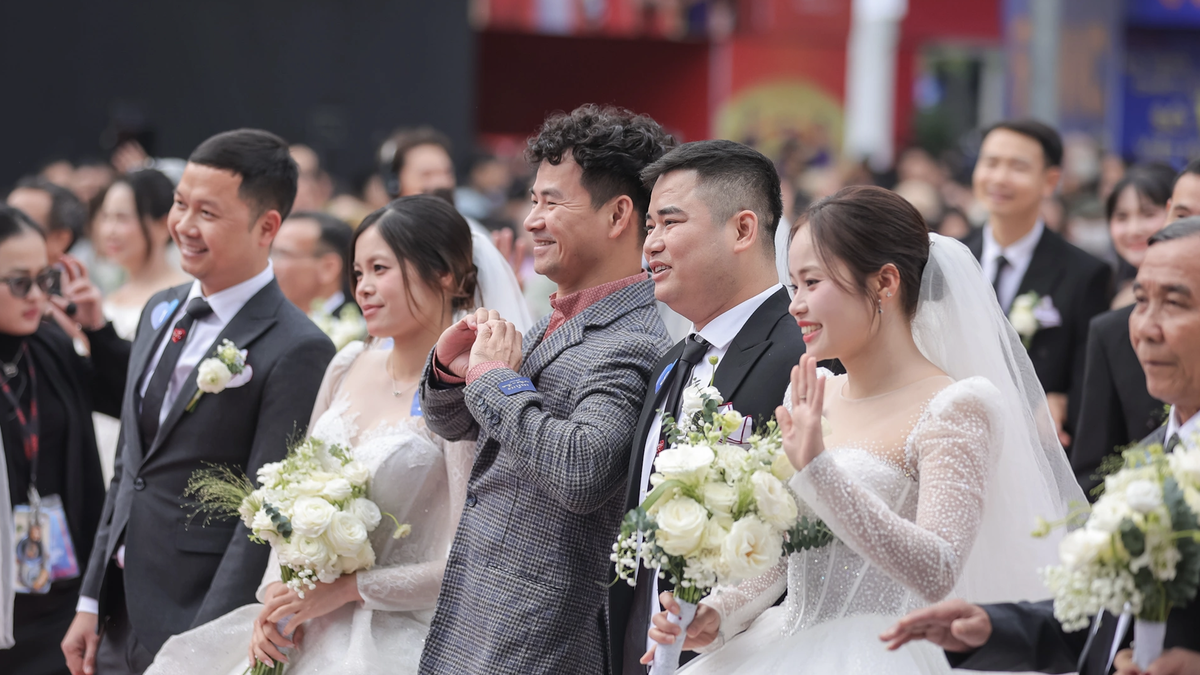
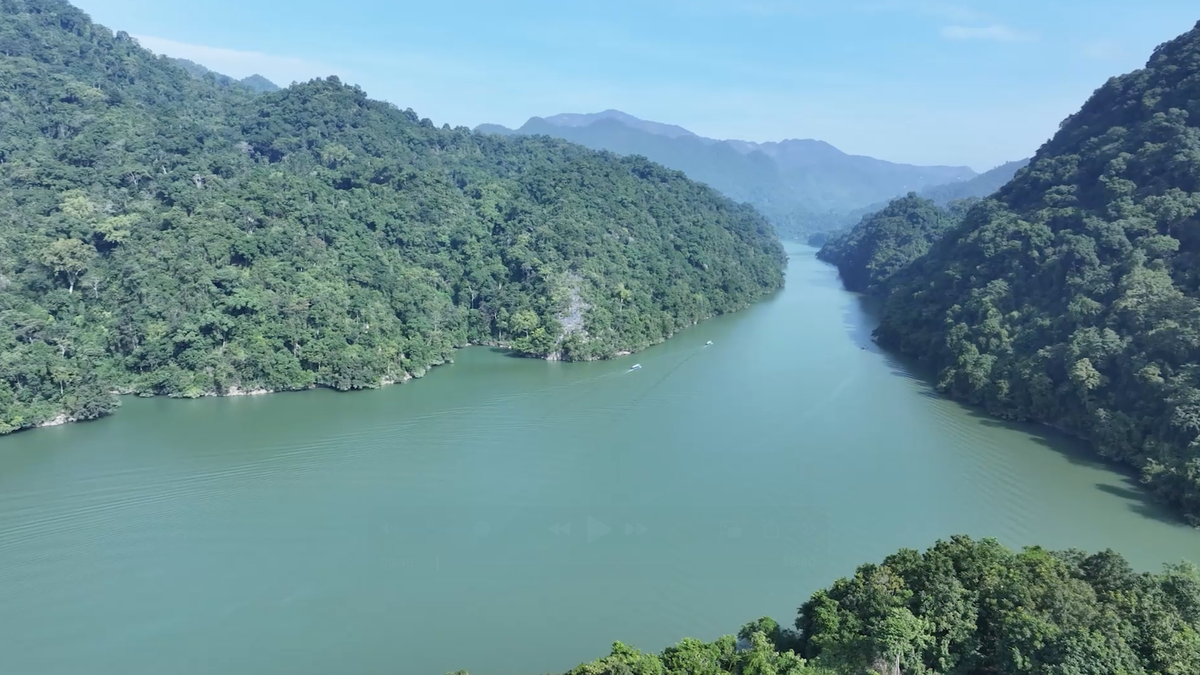







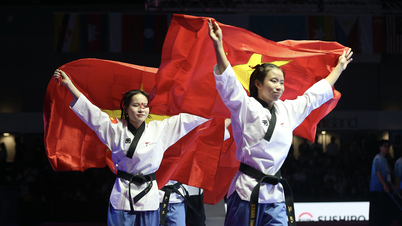






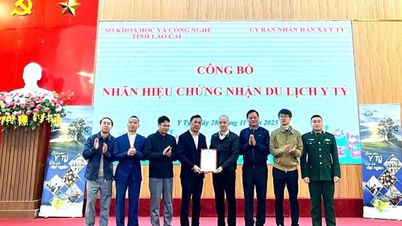
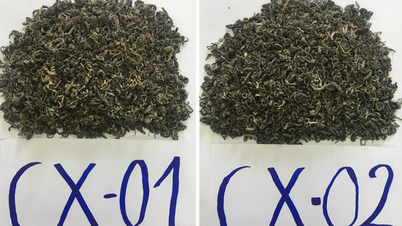

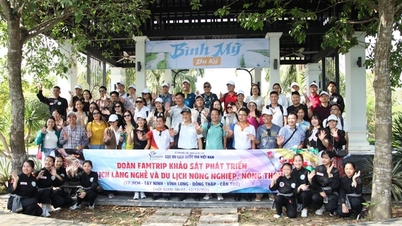

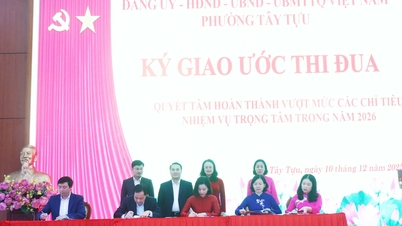
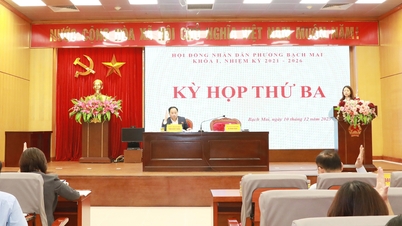
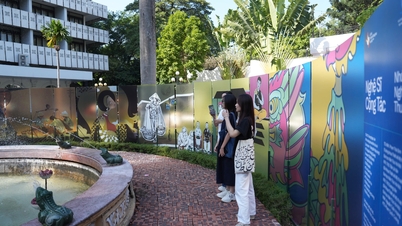

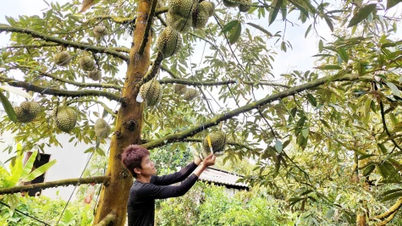


















Comment (0)